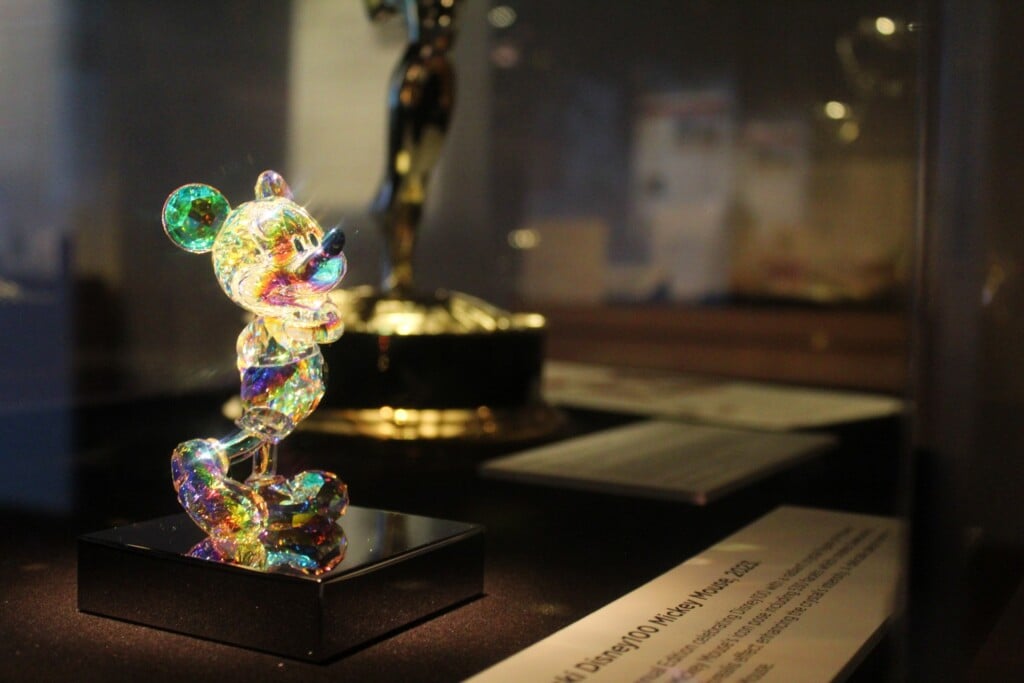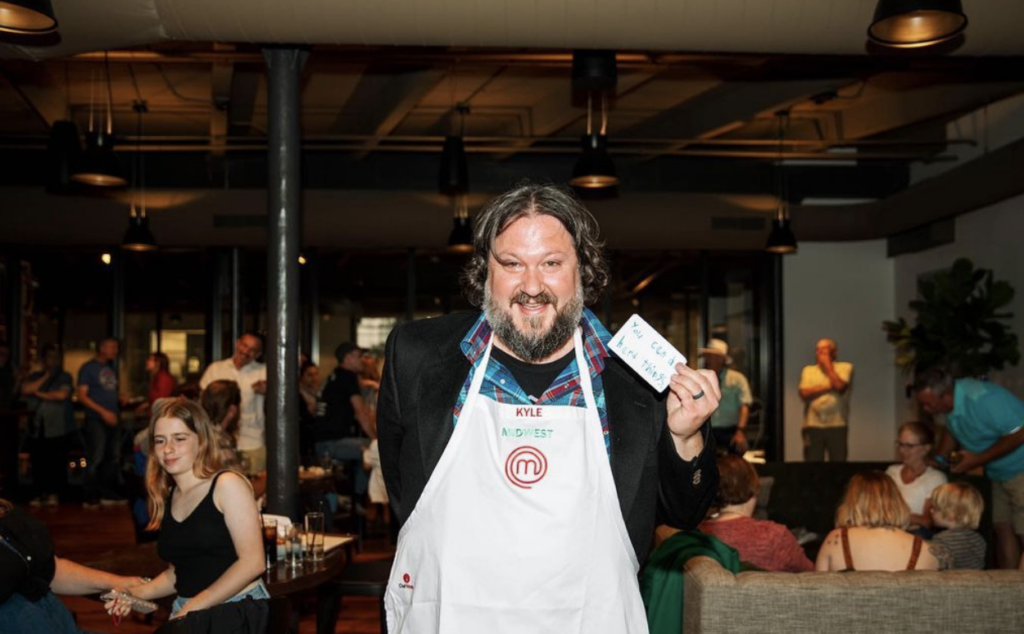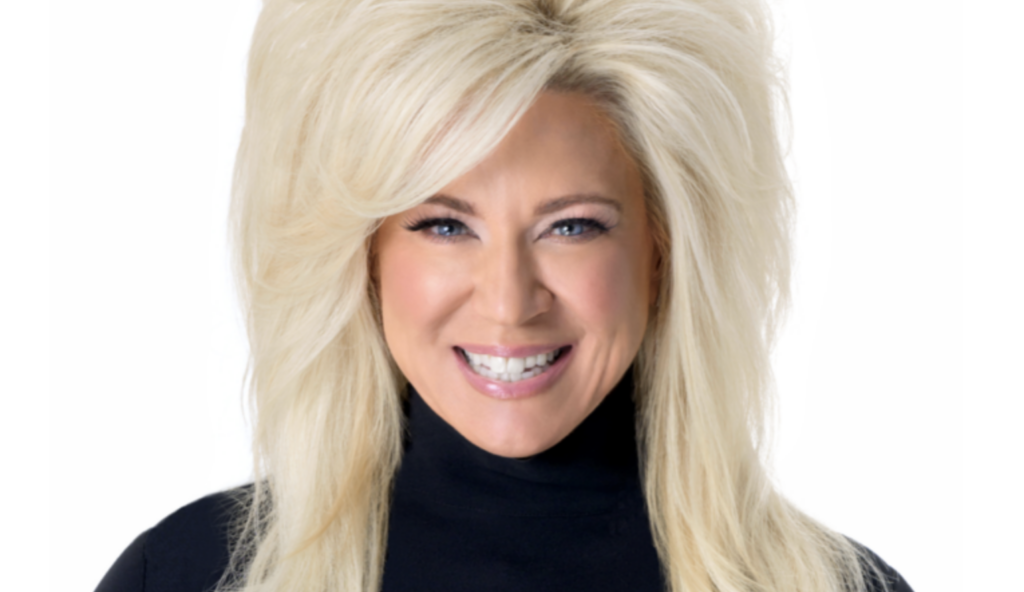Life Is Sweet
When he appeared in Kansas City earlier this summer, 83-year-old Wayne Thiebaud received the kind of welcome more common to rock stars. Fans showed up two hours early to get seats for his talk at the Nelson; the auditorium quickly filled to capacity, and hundreds of people were turned away. Thiebaud enjoys such popularity not because his paintings are eye candy. Rather, he wins over his audience through masterful use of formal painting devices to achieve emotional reactions — there’s a desire inherent in his delicious-looking cakes and pies, an anxious composition to his landscapes, a cool calculation in the poses of his figures. Devoid of heavy-handed concepts, Thiebaud’s work intelligently leaves room for universal appeal.
Weeks after its opening, Wayne Thiebaud: Fifty Years of Painting continues to intrigue visitors to the Kemper Museum. The show consists of more than forty paintings Thiebaud has created over the past five decades, offering viewers a taste of his time-proven recipe for success.
About half the works come from the personal collection of the Sacramento, California-based artist and his family. (Private collectors, in addition to local museums such as the Kemper, the Nelson-Atkins and the Albrecht-Kemper Museum of Art in St. Joseph supply the rest of the pieces in the show.) But that doesn’t mean the walls of his own home are now empty. Thiebaud says he prefers to look at other artists’ works, including that of students he’s taught over the years as well as famous painters. He owns work by Balthus, Goya, Matisse, Picasso and de Kooning. In fact, it was Thiebaud’s 1956 meeting with de Kooning that influenced the direction of Thiebaud’s painting. (Two de Koonings in the Kemper collection are displayed nearby in another gallery.)
Thiebaud never went to art school, though he says he’d still like to go. His artistic education included stints at trade schools, community colleges and state universities, culminating in a master of arts degree from California State College in 1953. But Thiebaud learned a lot on the job — he started as a cartoonist at Disney Studios before being fired for pro-union activity, then moved on to work as a sign painter, graphic designer and fashion illustrator. He points out that fine artists and commercial artists start out learning the same basics of drawing and observation. Four decades ago, some critics stressed the similarities between the adlike aesthetics of Thiebaud and pop artists such as Andy Warhol and Roy Lichtenstein. However, Thiebaud’s work lacks the sarcasm of pop art; he found inspiration in the sales techniques (though unsophisticated by 2003 standards) that helped create the consumerism that shaped American culture during the 1950s and ’60s.
Fifty Years of Painting features seven of the artist’s famous pie and cake pieces, which he uses as exercises in creating geometric shapes: triangles, cylinders and circles. “Cakes and Pies,” (1994-95) looks like a pastry sideshow for a circus. Angel food cakes, lemon cakes and layer cakes swathed in brown, pink, white and green oil paint as thick as real frosting are balanced atop platters on stick-thin pedestals. Beneath the cakes and in front of the pedestals’ long, blue shadows sit a variety of pies on a white foreground.
Still lifes of other edible items, like hamburgers and crackers — as well as sunglasses, bow ties, shoes, toys and paint cans — are also on display. “Shoe Rows,” from 1975, depicts two shelves lined with high-heeled shoes against a pale-blue background. Thiebaud paints each shoe with thick strokes, reducing all shadows and highlights to big, quick gestures. Oddly, the tropical-colored high heels stand without their mates like leftovers from a summer clearance sale. “Bow Tie Tree,” painted in 1969, features six paisley, striped or polka-dotted bow ties fastened around a metal stand. It’s quite probable the ties depicted belong to the artist’s personal wardrobe; in one corner of the gallery, a TV set plays a video of the talk Thiebaud gave in Kansas City on June 8 — on the tape, he wears a suit with bow tie.
Thiebaud chooses to depict the smaller aspects of life — such as the contents of his closet — rather than subject matter concerning worldly preoccupations, big ideas and celebrity. “My own life and work as both a teacher and painter concern themselves more with a direct encounter with our daily lives,” he tells the Pitch.
A thorough student of art history, Thiebaud believes still lifes mirror the times and places in which they were created. “Still lifes do have a kind of tattletale evidence of the period of the fixation or interest or preoccupation of cultural changes,” he says. “The Dutch still lifes and the Spanish still lifes, the American still lifes, the French still lifes all reflect some of those wonderful and tattletale evidences of what we are and what we are about.”
Although Thiebaud is best known for his cakes and pies, he is also an accomplished figure painter and landscape artist. He began painting cityscapes of San Francisco in the ’70s and in recent years started creating landscapes of the California countryside. In “Estate,” Thiebaud arranges buildings and trees so they’re ready to slide off the edge of a steep slope. He paints the hill, which encompasses about a third of the canvas, in deep, red-and-blue browns that vertically stripe the canvas. “Intersection,” from 1973, employs the same nerve-racking compositional techniques. The picture is angled so that the gray and black expanse of the road hogs most of the space, squishing the neighborhood buildings into the back of the painting while the far end of the street shoots upward at an 80-degree angle.
In contrast to the somewhat happy-go-lucky still lifes, his figure paintings appear stern and scientific, despite often depicting youthful women in colorful bathing suits and poofy, ’60s and ’70s hairdos. “Bikini” consists of a woman in a yellow, two-piece suit with red polka dots and blue trim. She stands straight, her arms at her sides, gazing blankly at the viewer. Thiebaud works from memory on his still lifes and landscapes, but he works from direct observation for his figures, enlisting family members and friends as models. “When they first come, they’re all smiles and full of animation and so on, but after they’ve sat there for 8 or 9 hours, or in some cases 45 hours, their face droops,” he says. “They become not so happy looking.” The models’ severe expressions and the artist’s concentration on detailed observation give these paintings their harsh and uncompromising look.
Thiebaud admits that some of his friends who posed have since become former friends. But even if the painting process makes the models unhappy, the results leave viewers captivated — perhaps because his paintings so clearly reflect their American audience.




